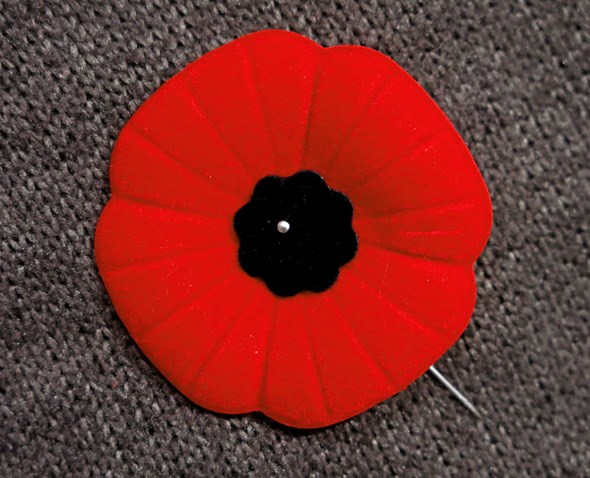
Every year around this time Canadians turn our thoughts to those who have served in the military in order to protect our country and our allies. Those who have returned from battle and those who never will are honoured from coast to coast with ceremonies on November 11th while the general population shows their respect on their lapels daily by buying a poppy and wearing it over their hearts in the days leading up. It's become a symbol that we sometimes forget the origin of, so we've put together this timeline which contains some facts you probably already know, and some you likely didn't.
This timeline was educated by THIS BLOG POST made by the BC Government. We're on their mailing list and just as I had returned home from the grocery store this afternoon (where I bought a poppy from a young cadet, and thought of my grandfather who served in WWII) it was waiting for me in my inbox and inspired me to write this post.
In case it's been a while and you've forgotten the word of John McCrae's most epic of poems, here you go:
In Flanders fields the poppies blow
Between the crosses, row on row,
That mark our place; and in the sky
The larks, still bravely singing, fly
Scarce heard amid the guns below.
We are the Dead. Short days ago
We lived, felt dawn, saw sunset glow,
Loved and were loved, and now we lie
In Flanders fields
Take up our quarrel with the foe:
To you from failing hands we throw
The torch; be yours to hold it high.
If ye break faith with us who die
We shall not sleep, though poppies grow
In Flanders fields.
**********************
Be sure to pick up a poppy when you see a veteran or a cadet out while you're running your errands. The funds they help raise with this initiative offer direct assistance for ex-service people in financial distress, funding for medical appliances and research, home services, care facilities and more. Let's show them how much we appreciate all that they've done for us.


